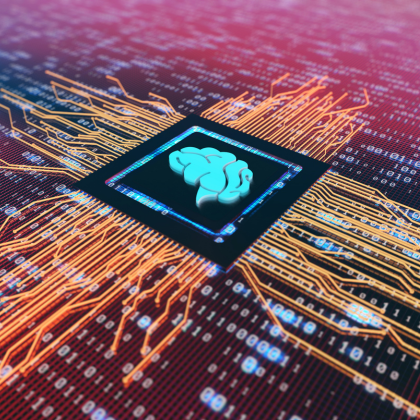News
Human dignity and neurorights in the digital age
Some time ago, the expectation of mind invasion or manipulation of people by technological devices was only seen in movies and science fiction books.
Examples included erasing people’s memories in Men in Black, modifying the behavior of criminals in Clockwork Orange, and arresting people who are about to commit a crime in Minority Report, all of which entertained and invited people to reflect on the future.
Today, the massive flow of data and advances in science, particularly in neurotechnologies and artificial intelligence, have made these concepts an emerging field that requires further study and regulation by the legal community. Neurorights are a new field of study, with a global research movement that has emerged and has been addressed in a pioneering way by scholars who study the intersection of law and neuroscience. Advanced technologies, such as brain-machine interfaces, wearable and implantable devices, and advanced algorithms, have made neurolaw an increasingly important field.
Neurolaw: the emergence of a new field
Although neuroscience has been around for over 100 years, it has rapidly developed in the last two decades with the introduction of real-time brain imaging devices. The relationship between law and neuroscience dates to that period. The article “The Brain on the Stand,” by Francis X. Shen published in 2007 in the New York Times Magazine, is a milestone for the emergence of Neurolaw in the USA.



